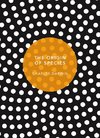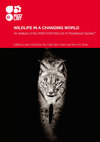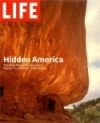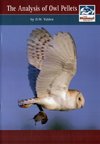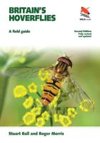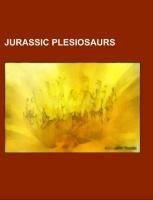
Jurassic plesiosaurs
Source: Wikipedia. Pages: 32. Chapters: Anningasaura, Archaeonectrus, Aristonectidae, Attenborosaurus, Avalonnectes, Bathyspondylus, Borealonectes, Colymbosaurus, Cryonectes, Cryptoclididae, Cryptoclidus, Elasmosauridae, Eoplesiosaurus, Gallardosaurus, Hauffiosaurus,... Viac o knihe
Produkt je dočasne nedostupný
14.87 €
bežná cena: 16.90 €
O knihe
Source: Wikipedia. Pages: 32. Chapters: Anningasaura, Archaeonectrus, Aristonectidae, Attenborosaurus, Avalonnectes, Bathyspondylus, Borealonectes, Colymbosaurus, Cryonectes, Cryptoclididae, Cryptoclidus, Elasmosauridae, Eoplesiosaurus, Gallardosaurus, Hauffiosaurus, Kimmerosaurus, Liopleurodon, Macroplata, Maresaurus, Marmornectes, Megalneusaurus, Meyerasaurus, Microcleididae, Microcleidus, Muraenosaurus, Occitanosaurus, Pantosaurus, Peloneustes, Picrocleidus, Plesiosauridae, Pliosaurus, Raptocleidus, Rhomaleosaurus, Simolestes, Stratesaurus, Tatenectes, Thalassiodracon, Tricleidus, Vinialesaurus, Yuzhoupliosaurus. Excerpt: Plesiosaurus (Greek: p¿¿s¿¿¿/plesios, near to + sa¿¿¿¿/sauros, lizard) was a genus of large marine sauropterygian reptile that lived during the early part of the Jurassic Period, and is known by nearly complete skeletons from the Lias of England. Although there are a number of modern day myths surrounding this order of creature, such as the myth of the Loch Ness monster, these creatures are known to be extinct. It is distinguishable by its small head, long and slender neck, broad turtle-like body, a short tail, and two pairs of large, elongated paddles. It lends its name to the order Plesiosauria, of which it is an early, but fairly typical member. It contains only one species, Plesiosaurus dolichodeirus. P. brachypterygius, P. guilielmiiperatoris, and P. tournemirensis were assigned to new genera, Hydrorion, Seeleyosaurus and Occitanosaurus. Plesiosaurus with a human to scale. Compared to other plesiosaur genera, Plesiosaurus has a small head. The skull is much narrower than long, reaching its greatest width just behind the eyes (the postorbital bar). The anterior portion is "bluntly triangular". In lateral view, the skull reaches its highest point at the rear of the skull table. "The external nostrils overlie the internal nares". They are not positioned at the tip of the snout, but farther back, nearer the eyes than the tip of the skull. Unlike the nostrils of Rhomaleosaurus, they do not appear to be adapted for underwater olfaction. The orbits (eye sockets) are roughly circular and are positioned about halfway along the length of the skull. They face up and to the sides. Just posterior to the orbits are the supratemporal fenestrae, which are about the same size as the orbits and also roughly circular. Between the four openings is the pineal foramen, and between the temporal fenestrae is a narrow sagittal ridge. As in other plesiosaurs, the pterygoids of the palate are fused to the basioccipital of the braincase, although the union is not as robust as in the plios
- Vydavateľstvo: Books LLC, Reference Series
- Formát: Paperback
- Jazyk:
- ISBN: 9781155363752

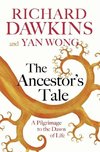
 Anglický jazyk
Anglický jazyk 